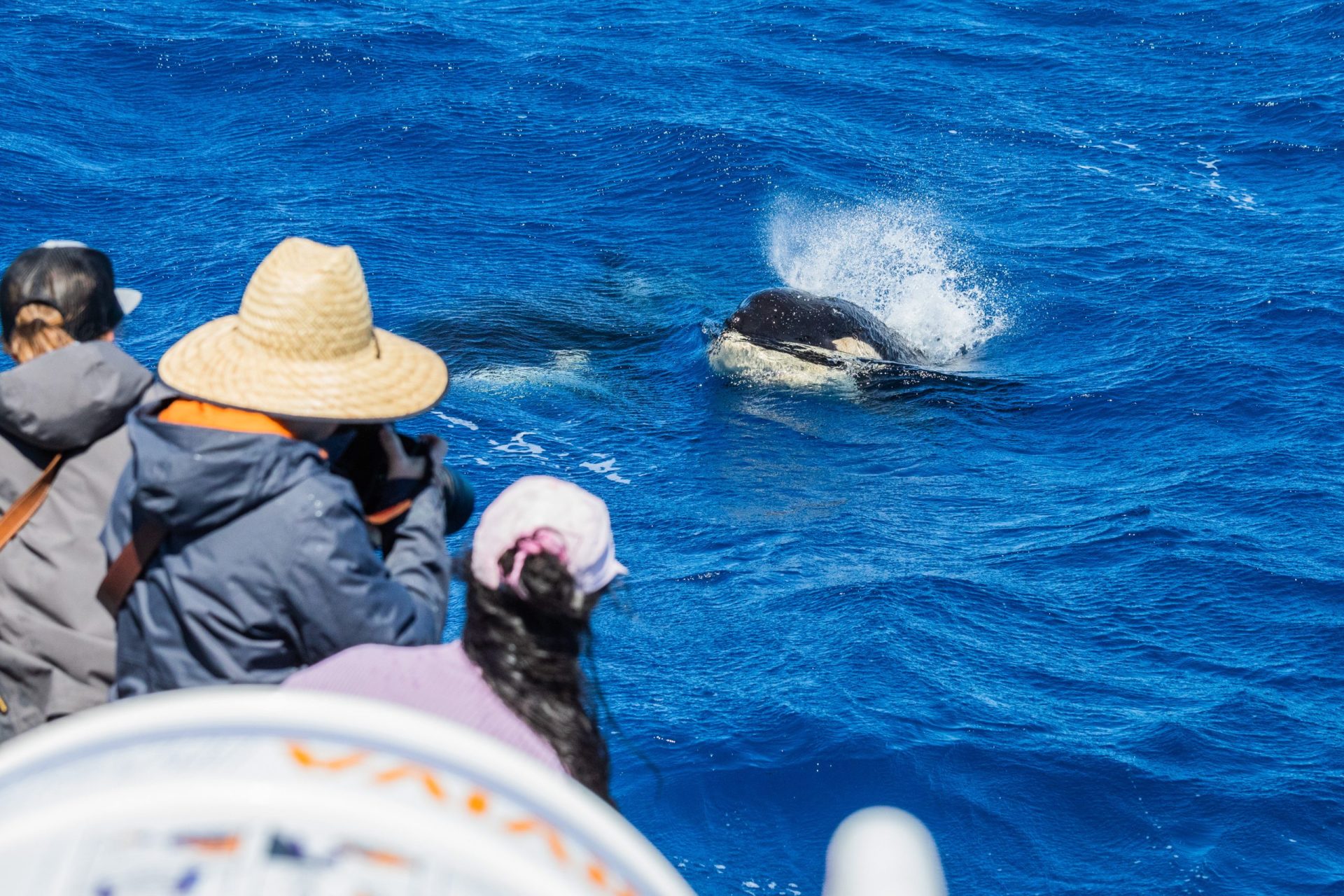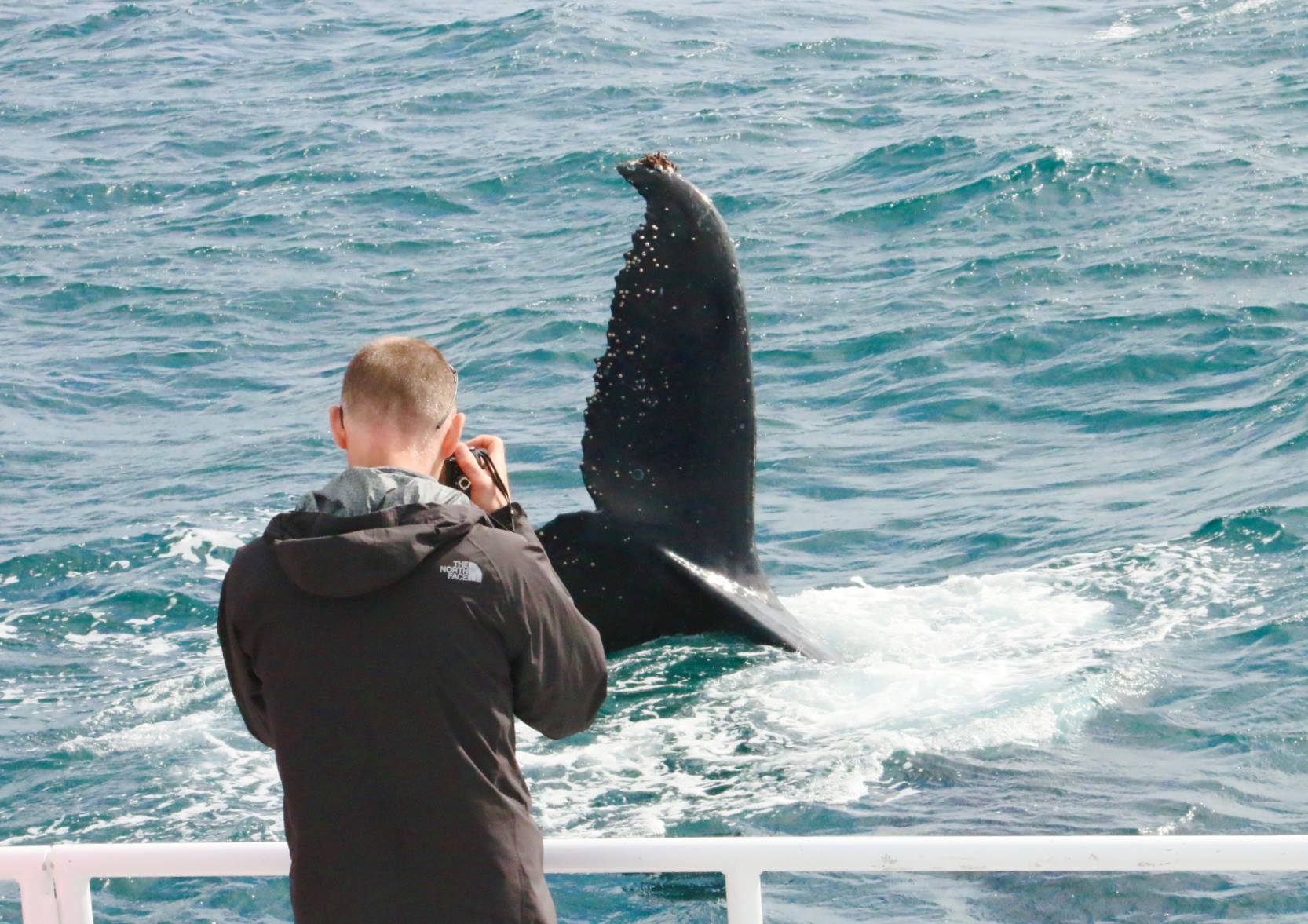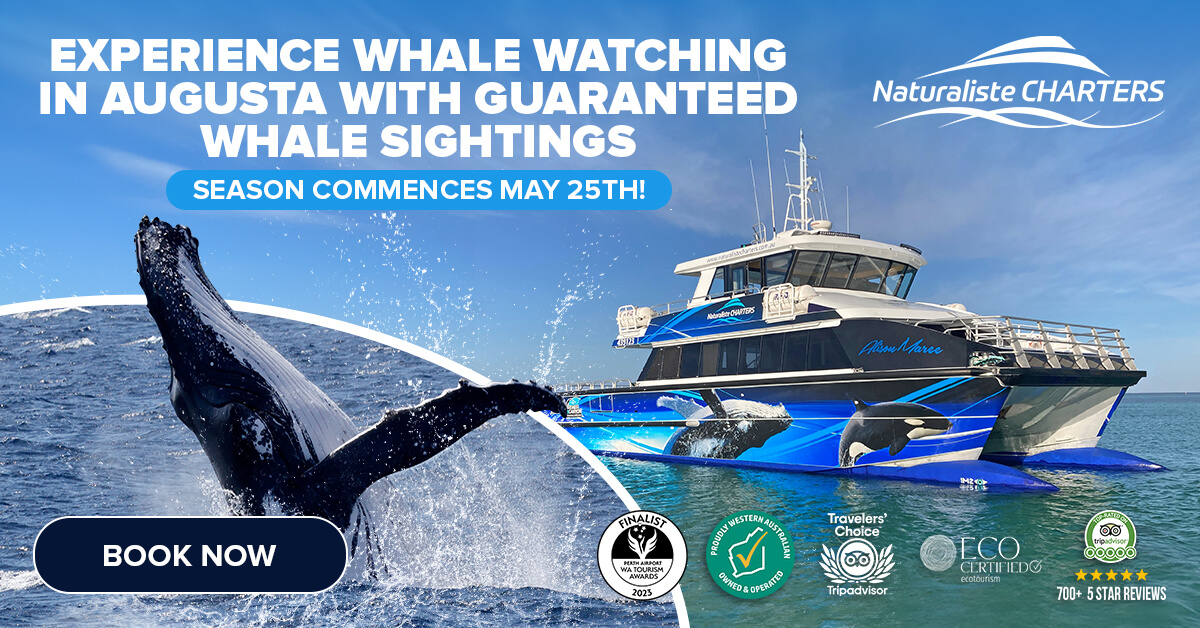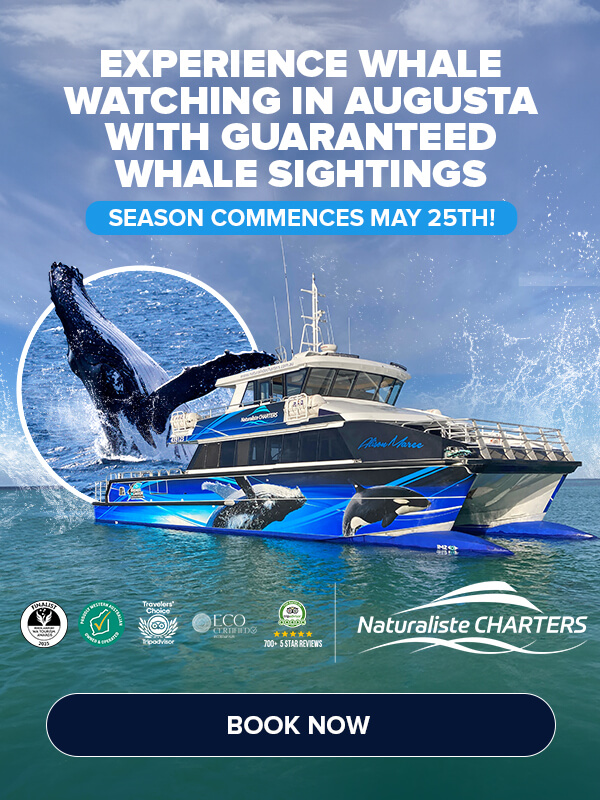Observing a whale in the wild is a truly remarkable spectacle that leaves a lasting impression. Witnessing these magnificent creatures in their natural habitat, engaging in impressive behaviours like leaping, fluking, slapping, and spy hopping, evokes a sense of wonder and joy. To preserve this moment in its utmost clarity and beauty, mastering the art of photographing whales requires a comprehensive understanding of the tricks and techniques involved.
It’s not an easy task doing wildlife photography, especially on days where the whales are deep diving and you’re not too sure how whale behaviour works, but below we have a few tips and tricks for recommended equipment, settings, and accessories to use to take the best photographs in ever changing environmental and weather conditions.
Using the best equipment
It’s advisable to use a DSLR camera or Mirrorless camera (for example, Z series) for the best results, although point-and-shoot cameras like the COOLPIX cameras also work well. For Point and Shoot cameras, a bridge zoom is a better option because of the long focal length ranges these cameras feature. Opt for a camera with a decent frames-per-second rate for smoother captures. A higher megapixel rating is advantageous, as it allows for cropping during post-production without significant pixelation issues. When it comes to lenses, consider bringing a selection.
A wide-angle lens is ideal for close encounters when whales are near your boat, while a longer focal length works better for capturing whales in the distance. Alternatively, a lens with a versatile focal range like a 18-300mm can be a great help.
Using a memory card with a higher download speed ensures that your camera’s buffer won’t suddenly stop in the midst of the action. This speed is typically indicated on the card itself. A minimum download speed of 90MB per second or higher is usually recommended. Utilising a faster card enhances the likelihood of capturing a greater number of behavioural shots in a single sequence. The best shot is often unpredictable.
Best setting choices
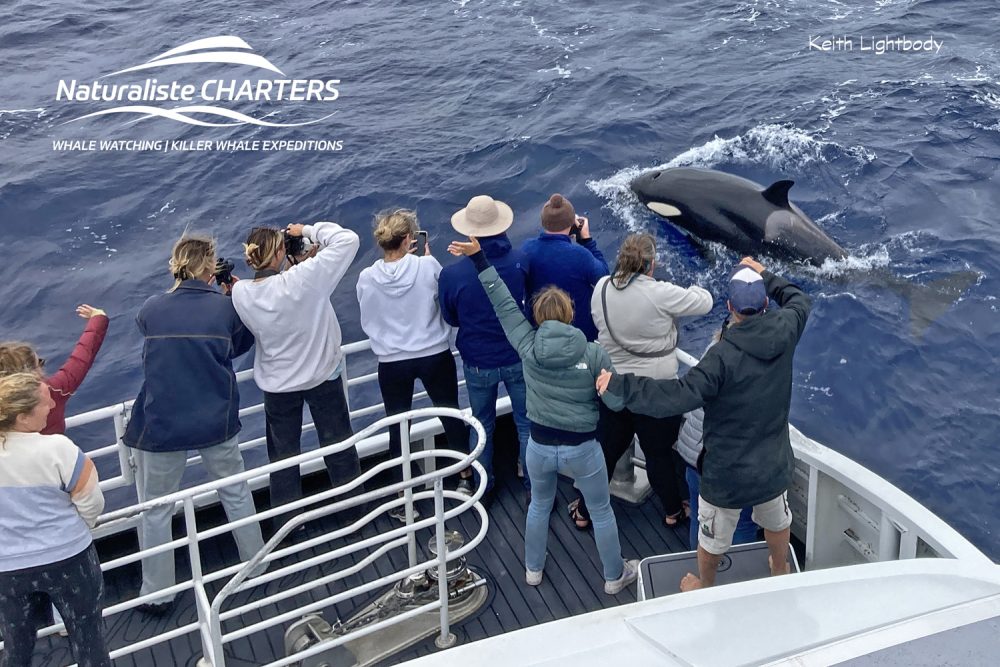
Shutter and Aperture
To effectively capture whale behaviours like tail or fin slapping, breaching, and other activities, it’s recommended to maintain your camera’s shutter speed at a minimum of 1/500 or faster.
As a trick, instead of repeatedly pressing the shutter release, switch to continuous shooting mode to capture multiple shots when the whales surface. This way, you’ll have a variety of excellent shots to select from.
When operating in Manual mode or Aperture Priority (Av or A), you’ll have to significantly raise your ISO if the sky appears dark and moody to attain an ideal shutter speed.
If manual mode feels a bit intimidating, consider using “shutter priority” mode. This mode lets you set the shutter speed, while the camera automatically adjusts all other settings for you.
For a typical photograph, an aperture of around f5.6 is set. However, when the whale is closer to the boat, selecting a smaller aperture, around f8, will achieve a greater depth of field without encountering any problems.
Vibration Reduction
When utilising a DSLR with a VR (Vibration Reduction) lens, it’s advisable to activate the VR feature. If your lens offers the choice between Active and Normal modes and you’re photographing from a boat, opt for the Active setting. This compensates for boat movement. Conversely, when shooting from the shore, the Normal setting is fine.
For Z series full-frame cameras, VR is integrated into the camera bodies, providing support for all S-line Z lenses. If you’re using a non-VR F-mount NIKKOR lens on your Nikon Z with the Mount Adapter FTZ, you can still take advantage of the benefits offered by VR technology.
Bringing accessories and back up equipment
Ensure you have extra batteries and memory cards on hand to avoid missing any spectacular moments. Nothing is more frustrating than a drained battery or a full memory card interrupting a planned photo session. Additionally, when selecting the optimal whale-watching equipment, remember to include a lens hood and cleaning kit to combat sea spray, given the challenges of capturing photos from a moving boat in varying weather conditions. Lastly, don’t forget to pack a polarising filter to minimise sun glare on the water’s surface and spare batteries.
Combating changing weather conditions
Weather conditions will vary during your boat trip, potentially impacting your camera settings. In sunny conditions, there’s a chance of slight over-exposure, particularly on the whale’s white or reflective areas. If you’re in manual mode, you can address this by slightly increasing your shutter speed. When using Aperture Priority or Shutter Priority, be attentive to your histogram for any clipping and slightly adjust your exposure compensation to prevent blown highlights.
In the event of cloudy conditions where the sun intermittently emerges and disappears, opt for Auto ISO on your camera. This allows the camera to adapt the ISO according to the available light, readjusting as the sunlight comes and goes. For white balance, you can select Auto or, if it’s sunny, go for Direct Sunlight; similarly, if the weather is cloudy or overcast, the Cloudy setting would be appropriate.
Tips and Tricks
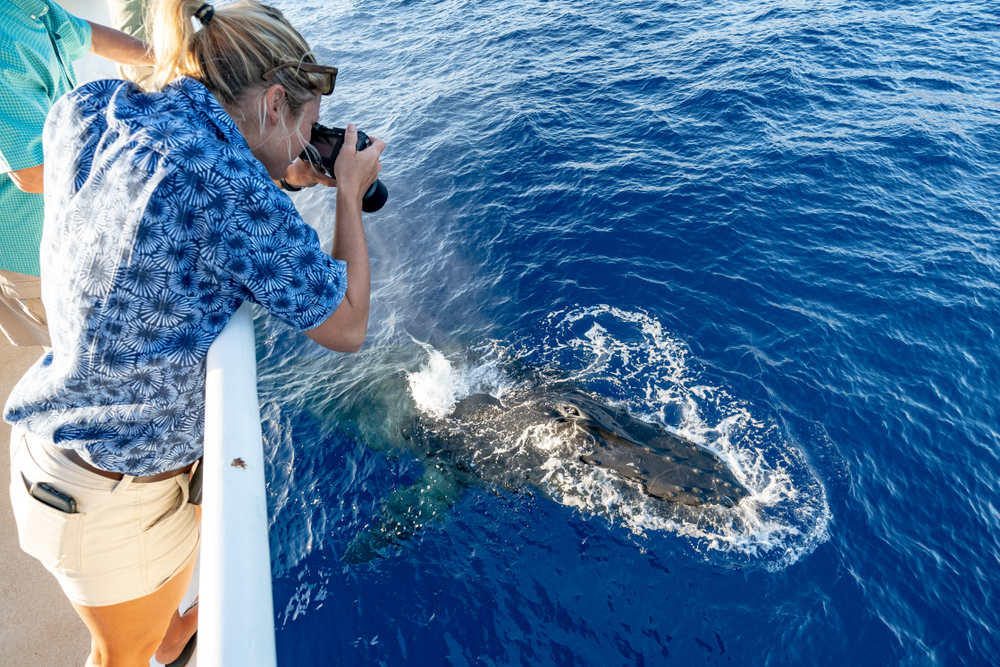
Whenever possible, especially on larger whale boats, try to position yourself as close to water level as you can. This will significantly improve your angle for capturing amazing photographs of these incredible creatures.
Best locations for Whale Watching
Whale Watching in the Margaret River region, Western Australia is fantastic and you are sure to receive ample opportunities to get that dream image. Augusta and Dunsborough Whale Watching tours are available in the region. I recommend joining a Whale Watching tour in the spring from Dunsborough.
We hope you’ve acquired some valuable tips and techniques that will enhance your ability to capture outstanding whale photography with your good camera. Venture out, dedicate time to continue practising, and above all, relish in the experience of being surrounded by these majestic creatures of nature on your Whale Watching Dunsborough Tour.

